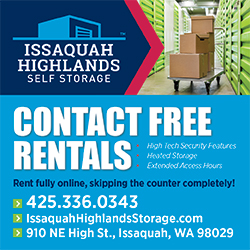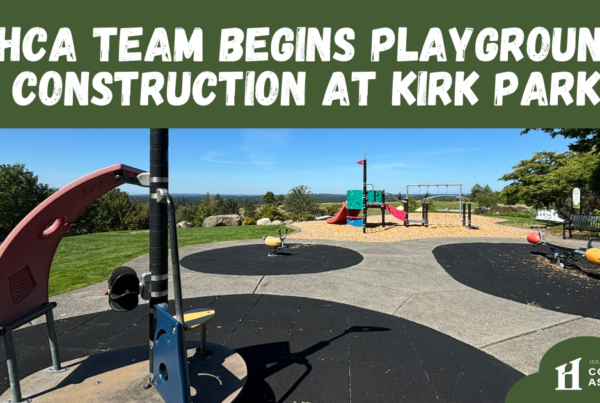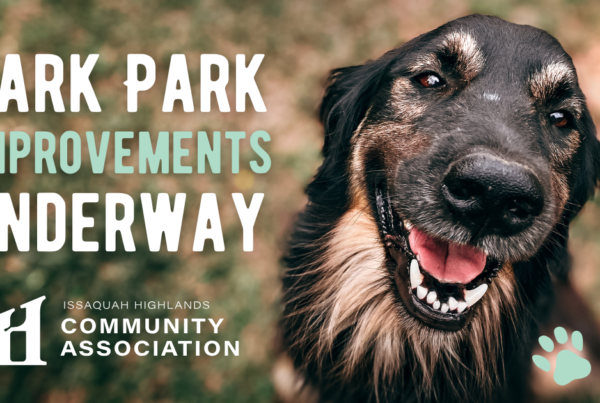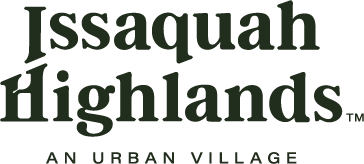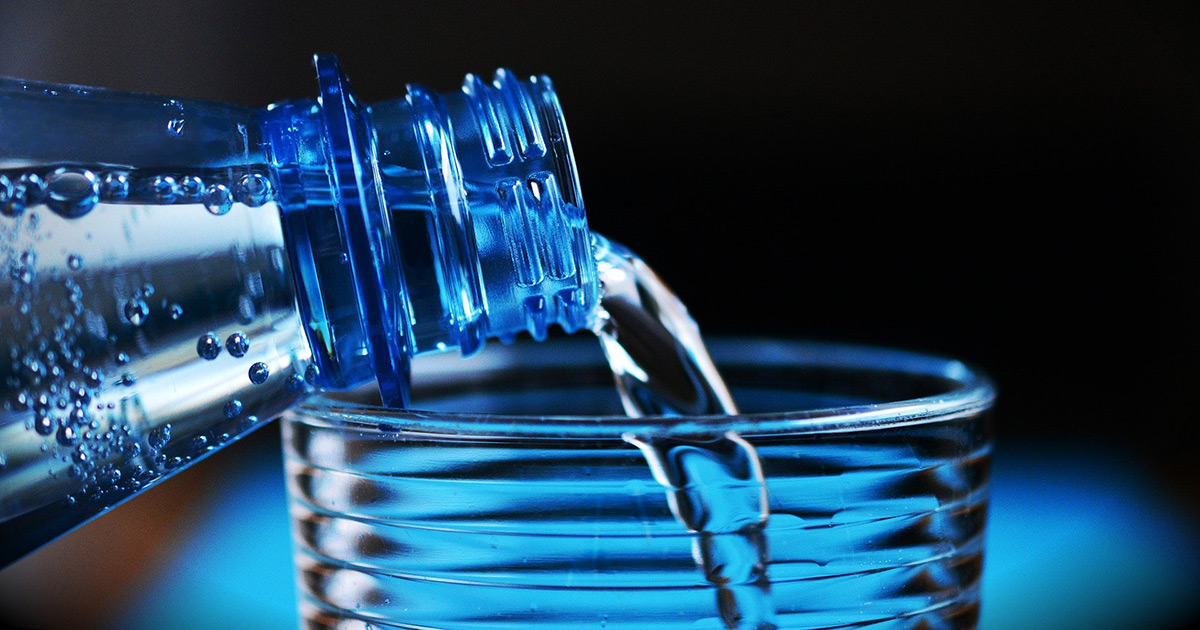
This is the second installment of this series documenting a 12-month community preparedness journey.
Our next step toward better emergency preparedness is one of the most critical pieces of your kit: water. While you can go for weeks without food, you cannot survive longer than a few days dehydrated, depending on health, activity level, and weather, among other factors. Our bodies are about 60 percent water, so even a healthy adult could have as little as three days before things start looking grim.
Given all the survival lists out there say you need a huge amount of water stored per person, how do you start? My suggestion: start small. While stocking up on water can feel like a huge undertaking, it can be easier than you think. A plan and some small steps can get you to your goal.
First, calculate how much water you need for your household size (the Centers for Disease Control and Prevention recommends storing at least one gallon of water per day for three days of drinking and sanitation). The next time you go grocery shopping, pick up two gallons of water. For just a few dollars, you will have enough water to cover one person for two days. Pick up two one-gallon jugs every time you go shopping, and before you know it, you’ll have ample stock (and you won’t have to roll around with a cart full of water or face the crowds in the event of an emergency).
Here’s the thing: most of us don’t have a huge amount of space to store all the water recommended, especially if you have a large family. If you have space, store water in food-grade, BPA-free barrels, in the original water containers, or even in a stacking water storage system. If you don’t have space, there are plenty of options. After you’ve tapped out your available storage space, you can purchase a personal, portable water filter, a countertop system, or a water storage system for your bathtub. If you are low on extra funds now, just put these items in your online shopping cart until they go on sale. You can also make plans to treat water sources as you find them through boiling or adding disinfectants (only use this method if you know how to disinfect water safety), but bottled water is the safest choice.
Next month, I’ll discuss how to stock your emergency kit with food. It’s another step that feels overwhelming, but I’ll have some tips to make it easier.
Johnna Masterson is owner of Inspired and Organized, and a Central Park resident.

